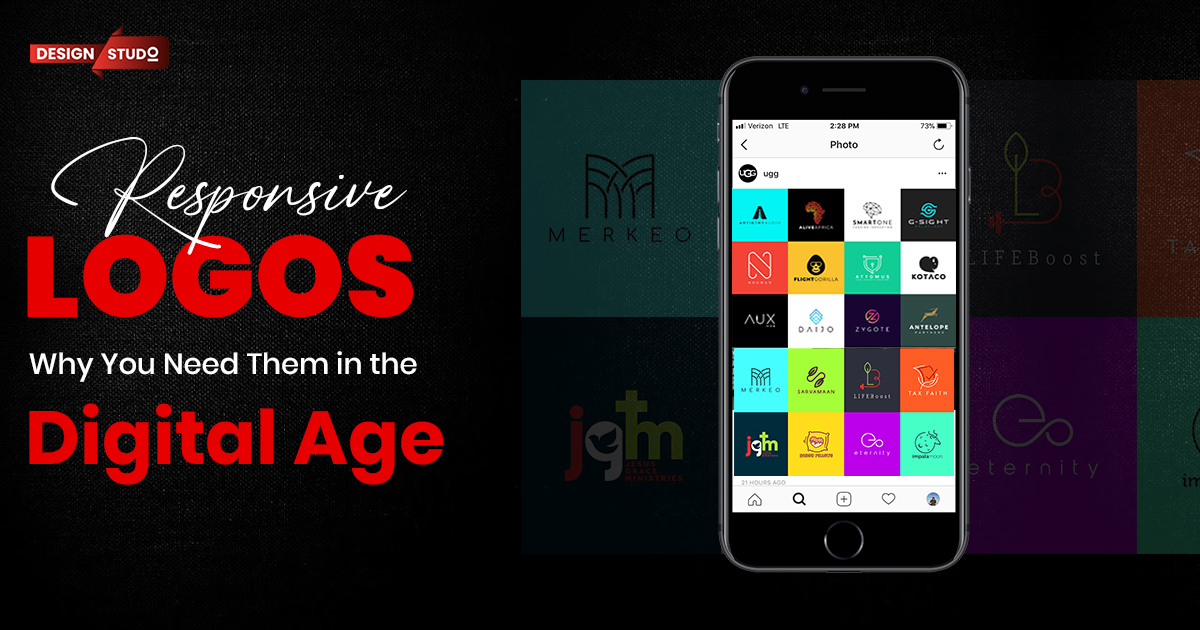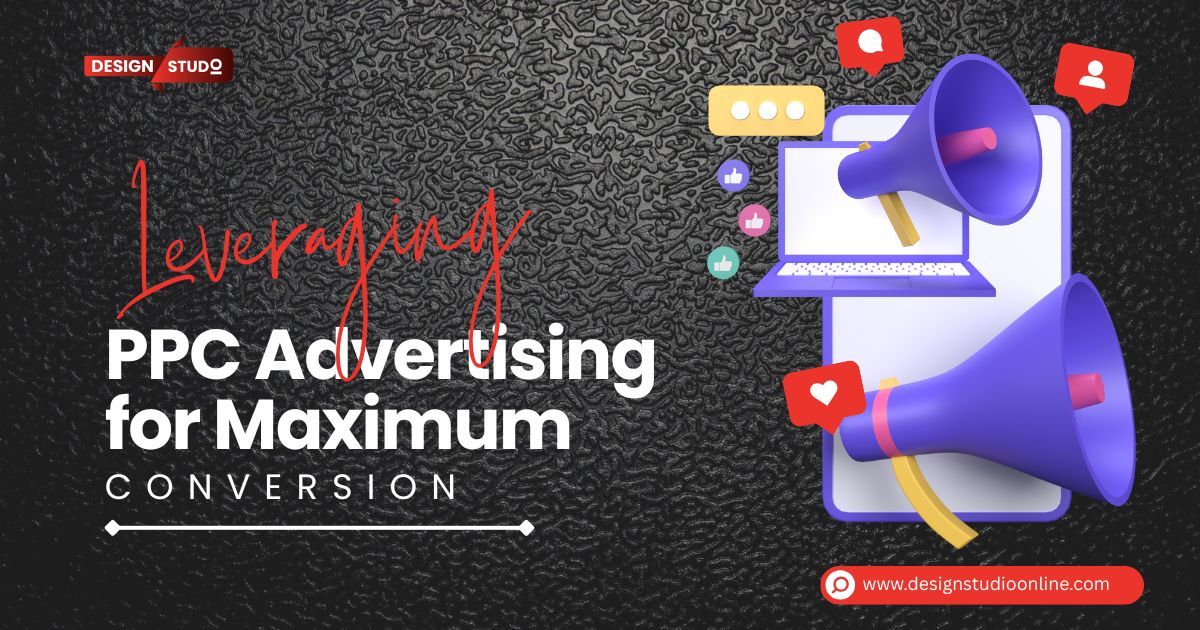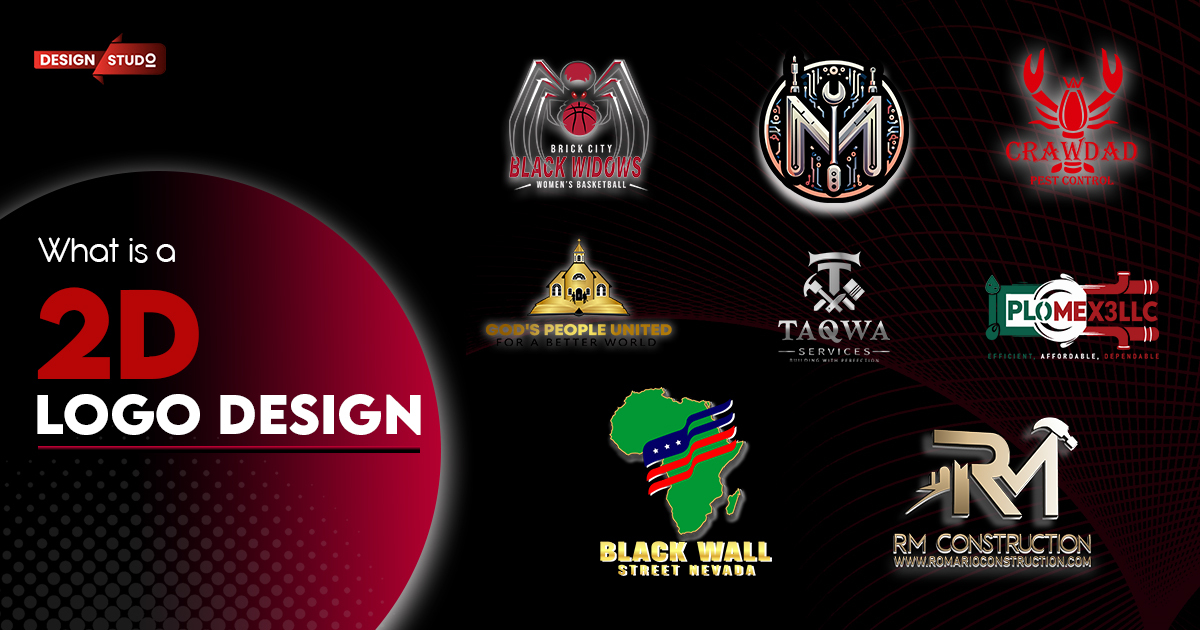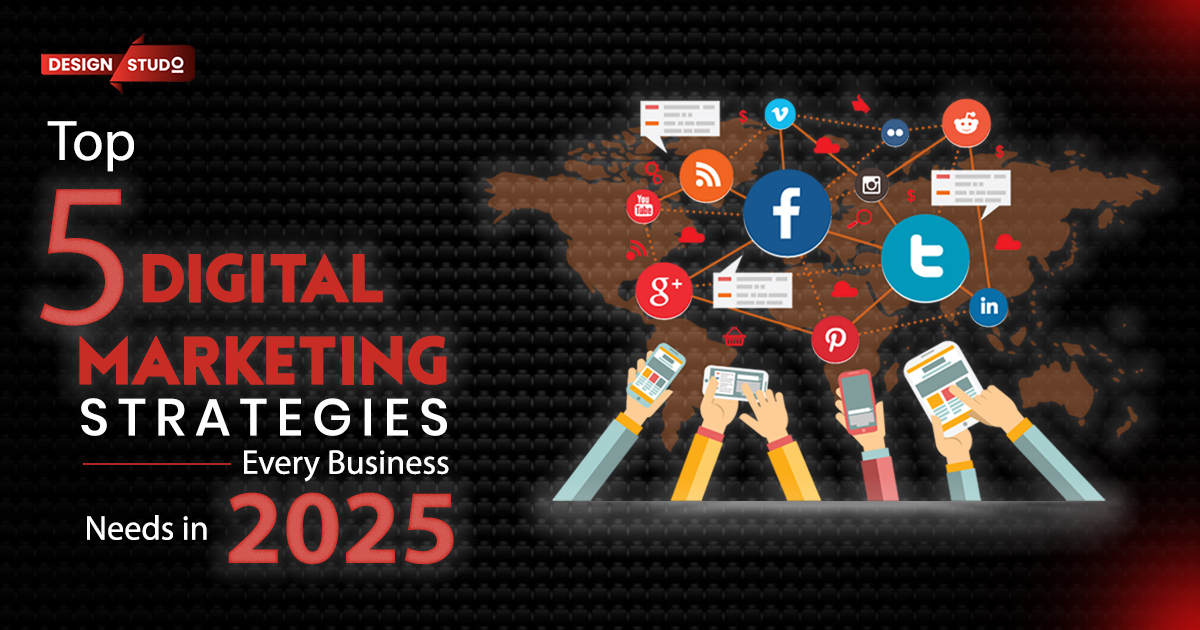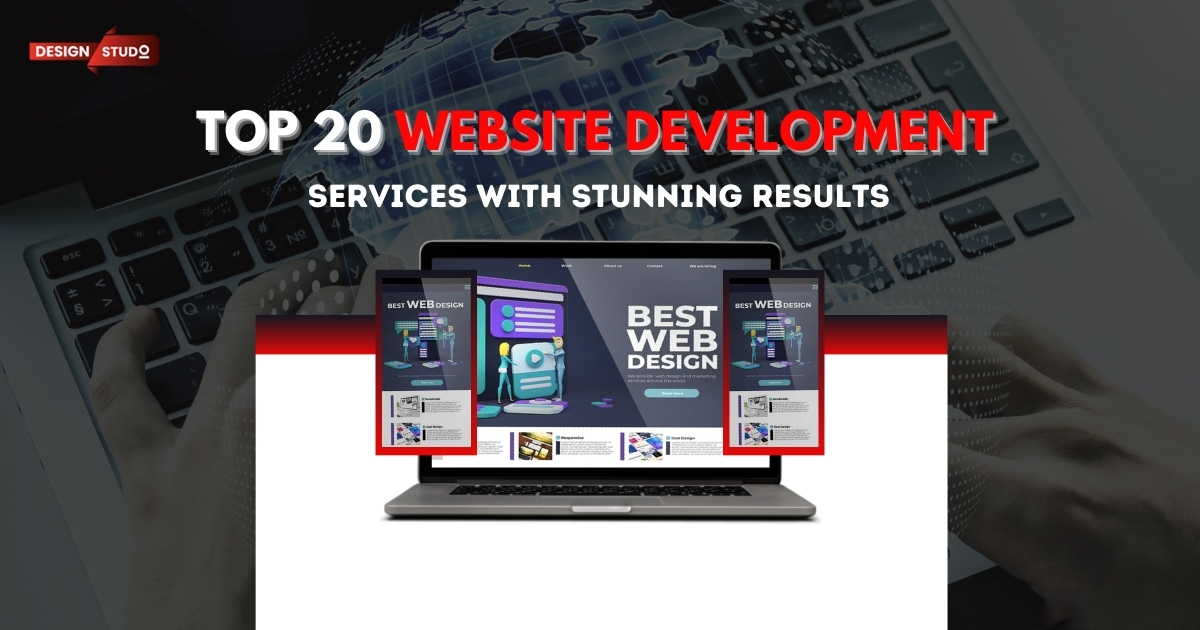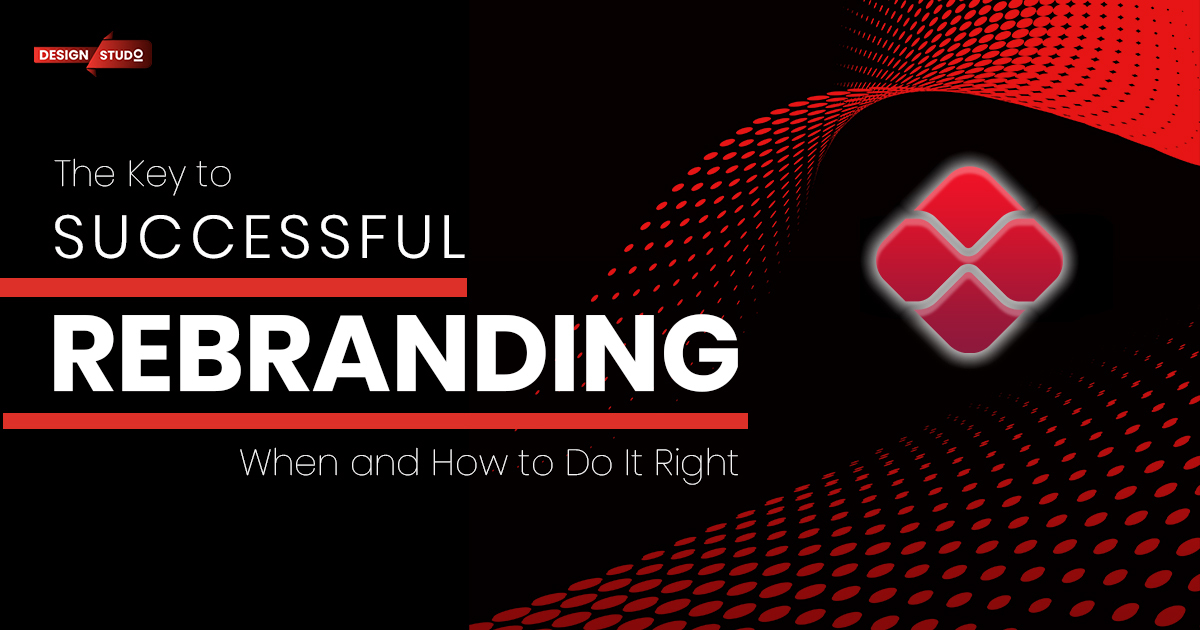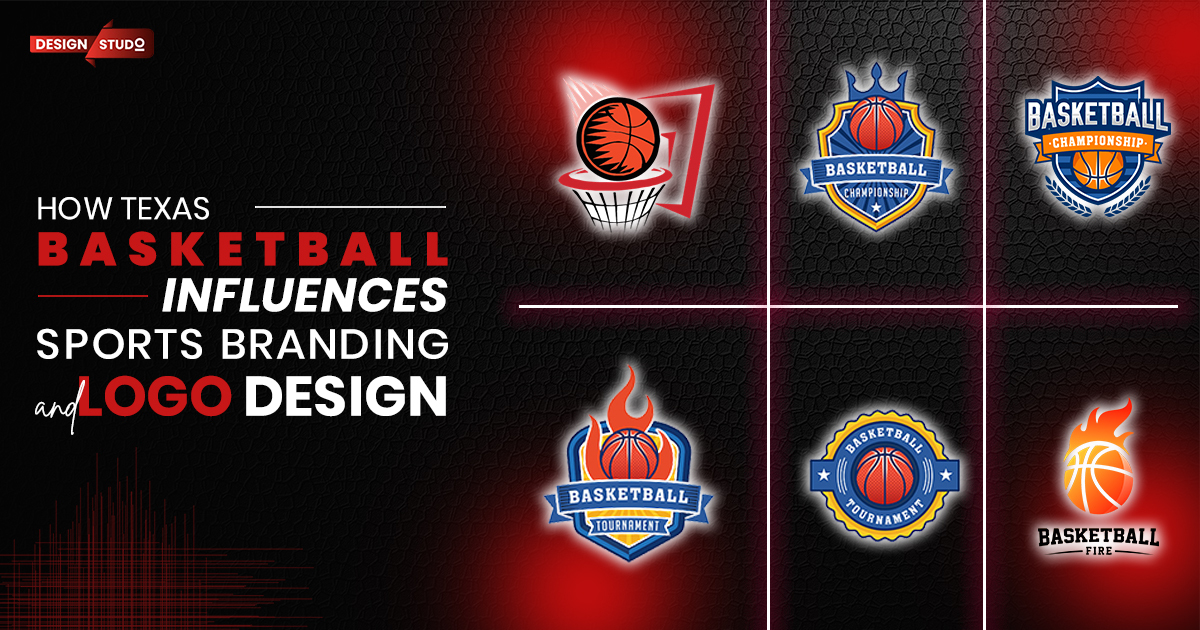In today’s digital landscape, businesses must adapt to a variety of platforms, devices, and screen sizes. A responsive website is essential, but so is a responsive logo. A well-designed logo should be flexible enough to maintain its brand identity across different mediums while ensuring clarity and visual impact. In this blog, we will explore the importance of responsive logos, their benefits, and how the best online logo design services can help businesses create adaptable branding solutions.
What is a Responsive Logo?
A responsive logo is a dynamic logo that adjusts in size, complexity, and layout to fit different platforms and screen sizes without losing its brand identity. Unlike traditional logos that remain static, responsive logos adapt to various display environments, such as websites, mobile apps, social media profiles, and print materials.
Why Responsive Logos Matter in the Digital Age
With the increasing use of mobile devices and various digital touchpoints, businesses must have a logo that seamlessly integrates across all channels. Here are some key reasons why responsive logos are essential:
1. Adaptability to Different Screen Sizes
Logos must look visually appealing whether they are displayed on a large desktop screen, a mobile device, or even a smartwatch. A responsive logo ensures that the brand remains recognizable at any size without losing crucial design elements.
2. Enhanced User Experience
A logo that is too complex or doesn’t scale properly can disrupt user experience. A responsive logo improves readability and brand recognition, ensuring a smooth and engaging experience across all devices.
3. Better Branding Consistency
Brand consistency is vital for establishing trust and credibility. A responsive logo allows businesses to maintain a cohesive brand identity across various digital and print mediums.
Don’t forget to checkout:
12 Famous Companies with Inspiring Logo Redesigns
5 E-commerce Website Platforms to Watch Out for in 2025
4. Faster Website Load Times
Large and complex logos can slow down website loading times, affecting performance and user experience. Simplified, responsive logos help optimize load times, which is beneficial for both SEO and user retention.
5. Increased Social Media Engagement
Social media platforms have different image size requirements. A responsive logo ensures your brand remains clear and professional across all platforms, including Facebook, Instagram, Twitter, and LinkedIn.
6. Versatility in Marketing
Having a responsive logo makes it easier to use your branding across various marketing channels, such as business cards, banners, email signatures, and promotional merchandise.
Key Characteristics of a Responsive Logo
To create a truly responsive logo, designers must consider the following elements:
1. Scalability
A responsive logo must maintain its integrity whether displayed as a small favicon or on a large billboard. It should be designed in vector format to ensure scalability without distortion.
2. Simplification of Design
Complex logos with intricate details may lose their impact when scaled down. Simplifying the design while maintaining brand recognition is crucial for responsiveness.
3. Flexible Typography
Typography should be adaptable for various screen sizes. In some cases, responsive logos may feature a full-name version for large displays and an abbreviated version for smaller screens.
4. Icon-Only Variants
Many brands use an icon-only version of their logo for smaller screens. This allows for better recognition and adaptability while preserving the brand’s visual identity.
5. Color Variations
A responsive logo should have color variations to accommodate different backgrounds and themes. A monochrome version or a simplified color palette can be useful for diverse applications.
6. Aspect Ratio Adjustments
A logo should be designed to maintain its visual balance regardless of aspect ratio changes. Whether square, horizontal, or vertical, it should retain brand recognition.
Don’t forget to checkout:
Top 15 SEO Marketing Companies in the USA
Predictions for AI in Web Design: What to Expect in 2025
How to Create a Responsive Logo
Creating a responsive logo requires expertise in branding, design, and scalability. Here’s how you can develop a logo that works across all mediums:
1. Start with a Strong Primary Logo
Begin with a well-designed primary logo that incorporates the brand’s identity, values, and unique design elements.
2. Develop Scalable Variations
Create different versions of the logo, including:
- Full logo with typography and icon
- Simplified version with reduced details
- Icon-only version for small screens
3. Test on Different Platforms
Before finalizing the design, test the logo across various platforms, including websites, social media, mobile apps, and print materials.
4. Use Vector Formats
Design your logo in a vector format (SVG, EPS) to ensure scalability without loss of quality.
5. Focus on Negative Space
Smart use of negative space can help in maintaining logo clarity and visual impact, even when scaled down.
6. Get Professional Help
For businesses that want a high-quality, responsive logo, working with the best online logo design services is the best approach. Professional designers understand the principles of branding and adaptability, ensuring your logo works effectively across all platforms.
Examples of Brands Using Responsive Logos
Several well-known brands have embraced responsive logo design to maintain their identity across different platforms:
- Google: Uses a simplified ‘G’ icon for small displays.
- Coca-Cola: Offers various versions, including a wordmark and an emblem.
- Nike: Uses its famous swoosh symbol for small applications.
- McDonald’s: Uses the golden arches for simplified branding on smaller screens.
Why Choose the Best Online Logo Design Services?
Investing in professional logo design services can make all the difference in how your brand is perceived. The best online logo design services offer:
- Custom logo designs tailored to your brand identity
- Multiple logo variations for different platforms
- Scalable and high-quality vector formats
- Expert insights on branding and responsiveness
- Professional guidance in maintaining visual balance across all mediums
Conclusion
A responsive logo is no longer a luxury—it’s a necessity in today’s digital world. Businesses need to ensure their logos adapt to various screen sizes and platforms without losing their brand identity. By investing in a responsive logo and working with the best online logo design services, companies can strengthen their branding, improve user experience, and maintain consistency across all digital and print mediums.
If you’re looking for a professional, responsive logo for your business, Design Studio Online can help. Contact us today to create a brand identity that stands out in the digital age.
Also check out Design Studio Online GBP…!


